Full Swing Season 2 Star Justin Thomas Is Known For His Premium Ball-Striking Ability... We Analyse His Swing To Help You Strike It Better
The two-time Major Champion and Full Swing Season 2 star is one of the best ball-strikers around, so we asked one of our experts to analyse his swing...

Baz Plummer

The new season of 'Full Swing' has just hit our screens, and once again fans get to see plenty of Justin Thomas as he battles to make the Ryder Cup team. Over the last few seasons, Thomas has been one of the top ball strikers on the PGA Tour and currently ranks 8th for Strokes Gained: Tee To Green.
He has also ranked in the top-5 from tee to green in six of the last seven seasons, so what is it that makes his swing so special? We asked Golf Monthly Top 50 Coach Barney Puttick to do some analysis, in the hope that we can learn something from one of the best in the business...
Justin Thomas – Swing Sequence Analysis
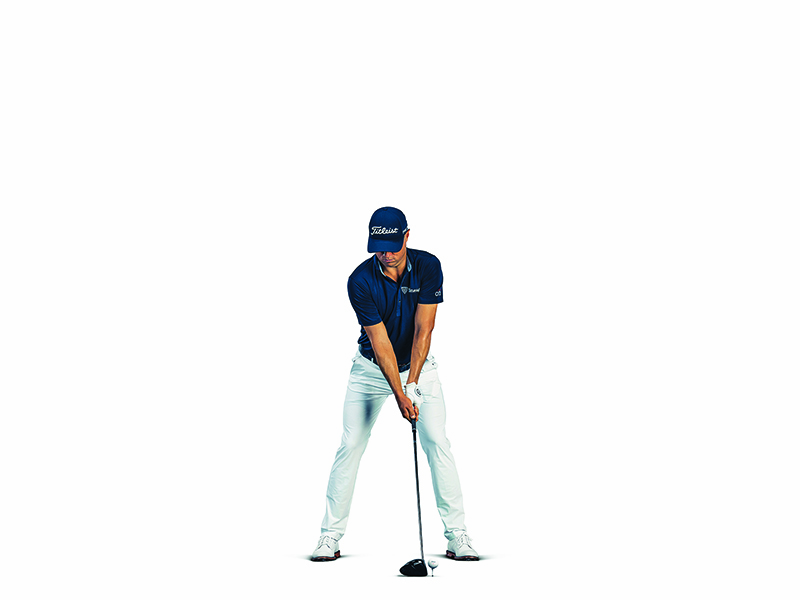
The set-up is classic stuff, as you can see in the image above, very strong and athletic with a big, wide base.
The first talking point for me is the image below, which mirrors the position he takes the club to in his well-known pre-shot waggle to check the shaft is parallel to the target line. This image shows he achieves that position in his actual swing.
For him, it’s really important he gets the club nice and wide to avoid any tendency to whip it a bit on the inside. He feels that if he can get the club in that slot, the rest is just going to follow in sequence.

Look at the right foot as he starts down. The heel is well off the ground – quite rare at this point. His father and coach, Mike, has said they tried to get him to keep the heel down, but it just didn’t work as it threw his timing out. Despite this, he remains in balance where a lot of players would lose stability.
The club drops into a strong position and his hips are unloading rapidly because they’re already back to where they were at address. That’s his power source – the amazing gap between shoulder and hip turn.
Subscribe to the Golf Monthly newsletter to stay up to date with all the latest tour news, equipment news, reviews, head-to-heads and buyer’s guides from our team of experienced experts.
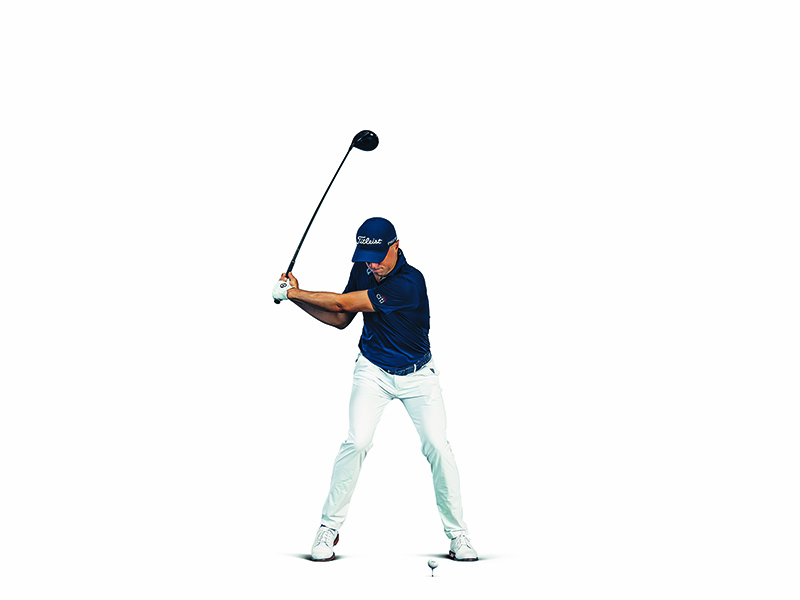
I love the post-impact position here. You can really see the extension at a point where the left arm would be buckling up for many club golfers, but he’s still controlling the speed.
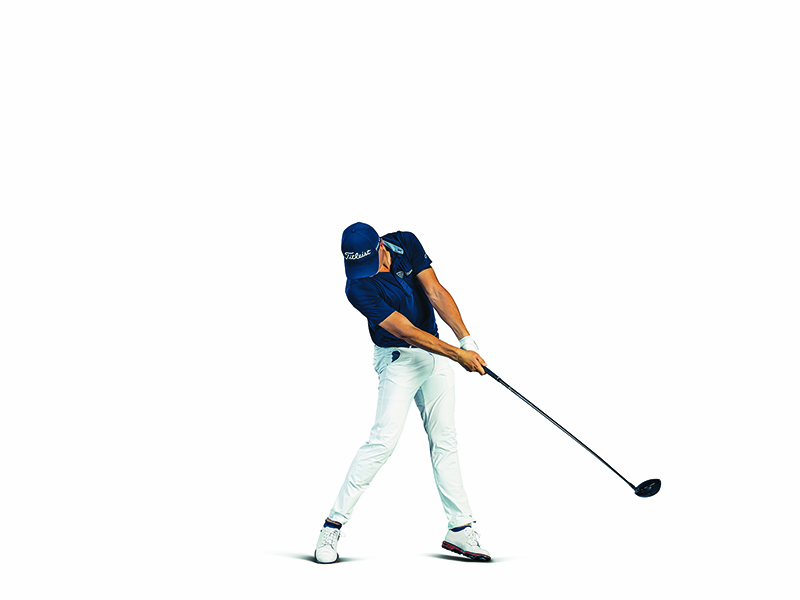
You’ve got to be pretty fit to move your hips out of the way like that! His head stays behind the ball, as does his upper body – that’s why his angle of attack is something like +4˚ or 5˚. He’s really keeping behind it. A lot of players are not getting the same amount of turn if they hang back like that, but he’s so balanced.
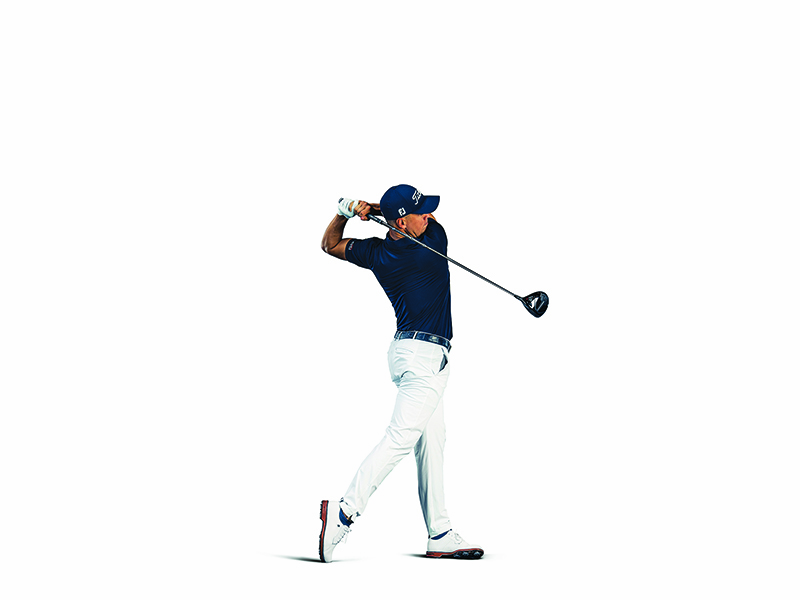
It is clear that there has been a real resurgence in performances from Justin Thomas in recent months, and it would come as no surprise to see him back in the winner's circle before long.
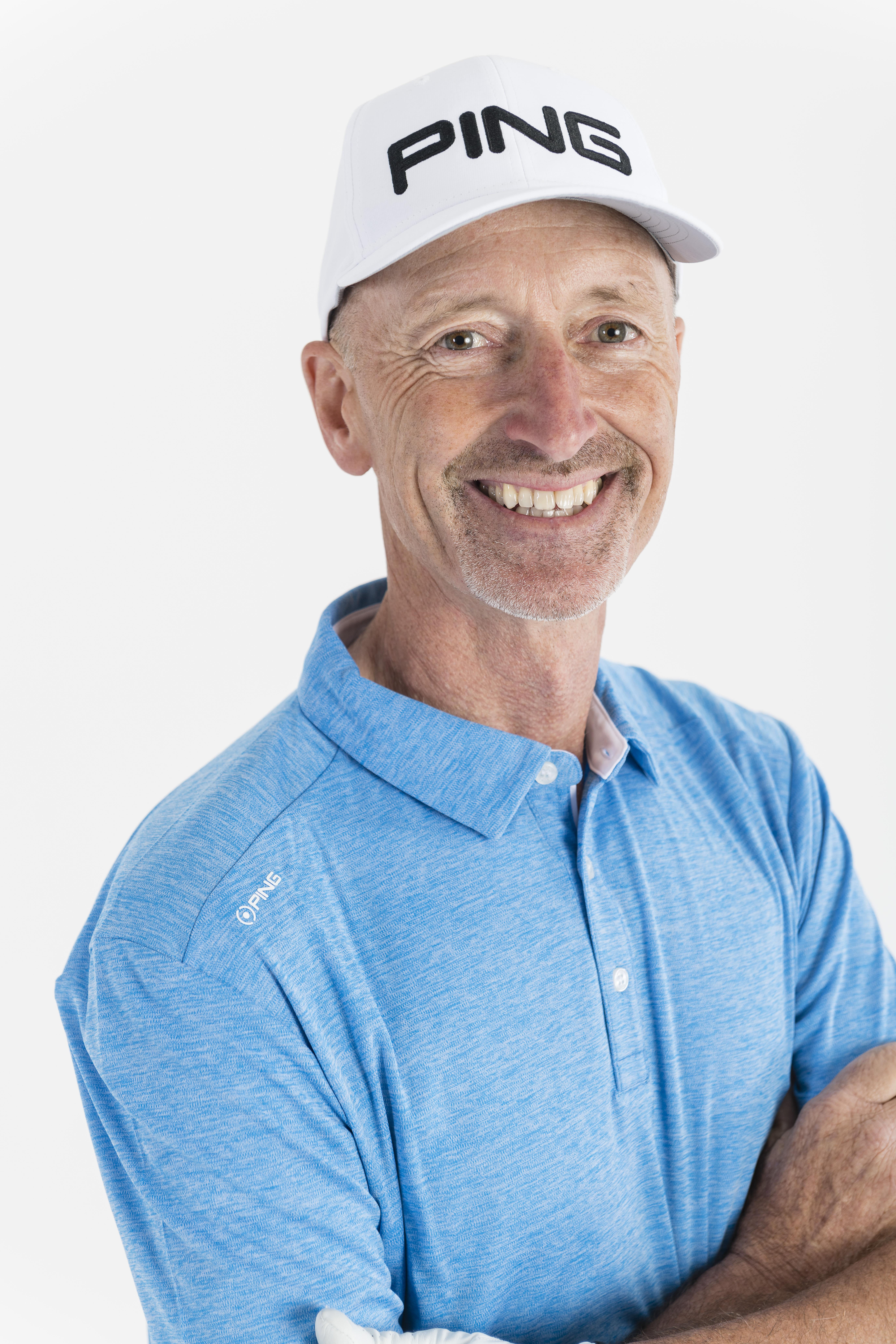
Location: Mid Herts Golf Club
Barney turned professional in 1979 and gained the Assistant Professional position at Dyrham Park Golf Club. He played full time before becoming Head Professional at Ramsey Golf Club in 1987. He can now be found teaching at Mid Herts Golf Club. Barney's favourite golfing memory is tying Greg Norman for third place in a 36-hole tournament in Cannes.
Teaching philosophy:
My goal with every student is to work with the player and what they possess rather than impose a prescriptive style for everyone. The key, for me, is improving players' fundamentals and their impact factors, and setting of that all important chain of events of one good move leading to another.
Typical lesson:
Technology makes it possible for everyone to see their swing and get their numbers. My job is to unravel them and give the player a positive set of ideas to take away after the session. Using swing drills and drawing sporting comparisons to the swing - for example, throwing a ball - the player can improve quite quickly once they put these into practice.
Significant influences:
I was fortunate to spend my formative years working for Ian Connelly, Nick Faldo's early mentor. He instilled in me the love of the art form that is coaching, and I still use some of his ideas to this day. Latterly, I enjoyed Bobby Clampett's ideas on the swing, as he was a phenomenal player with a quirky action. His ideas on impact have aligned to my teaching. I have also been blessed to spend time with Mike Bender, Zach Johnson's long time coach.
- Baz PlummerStaff Writer